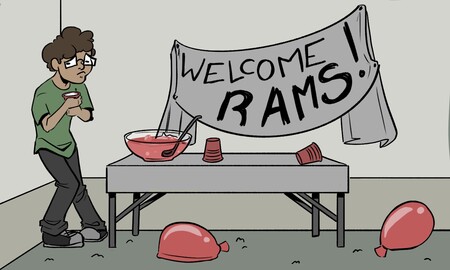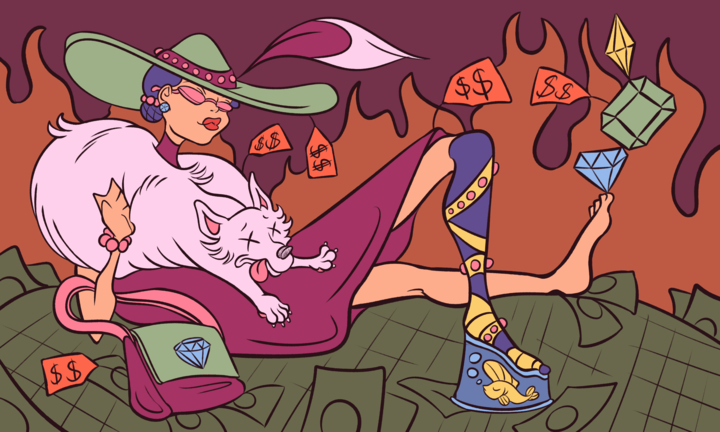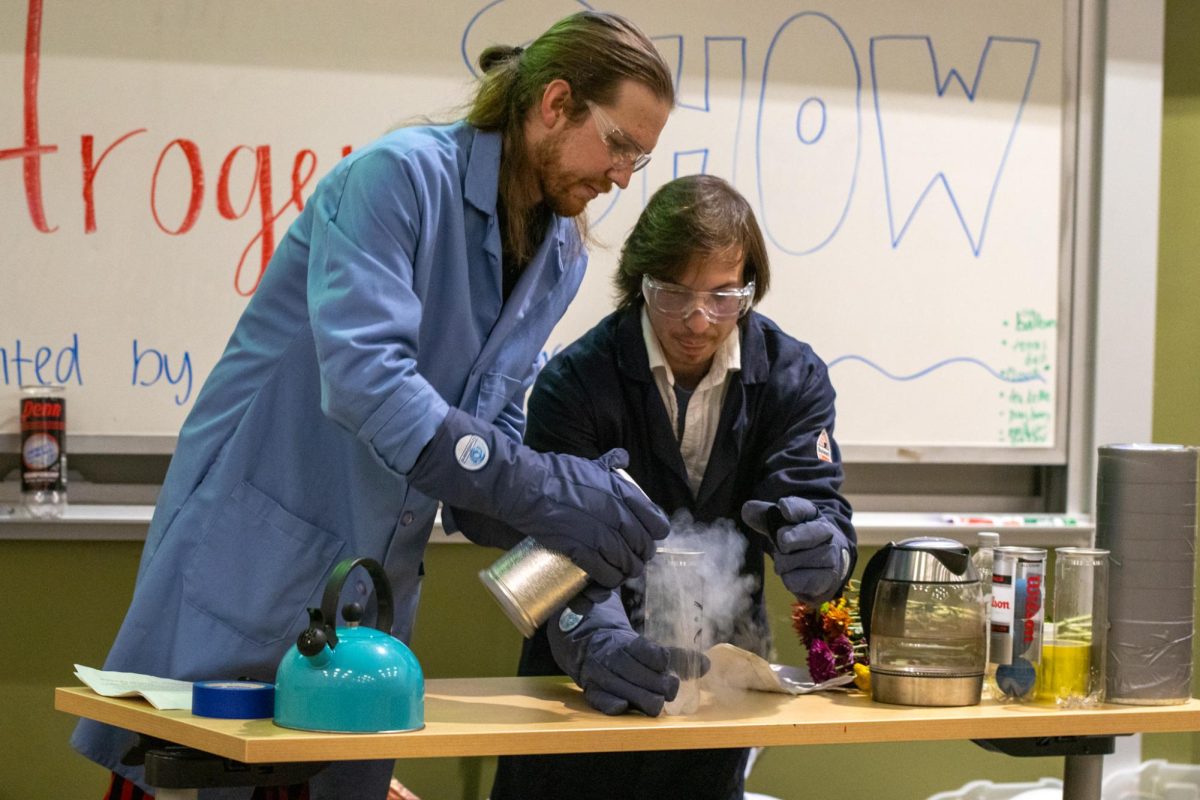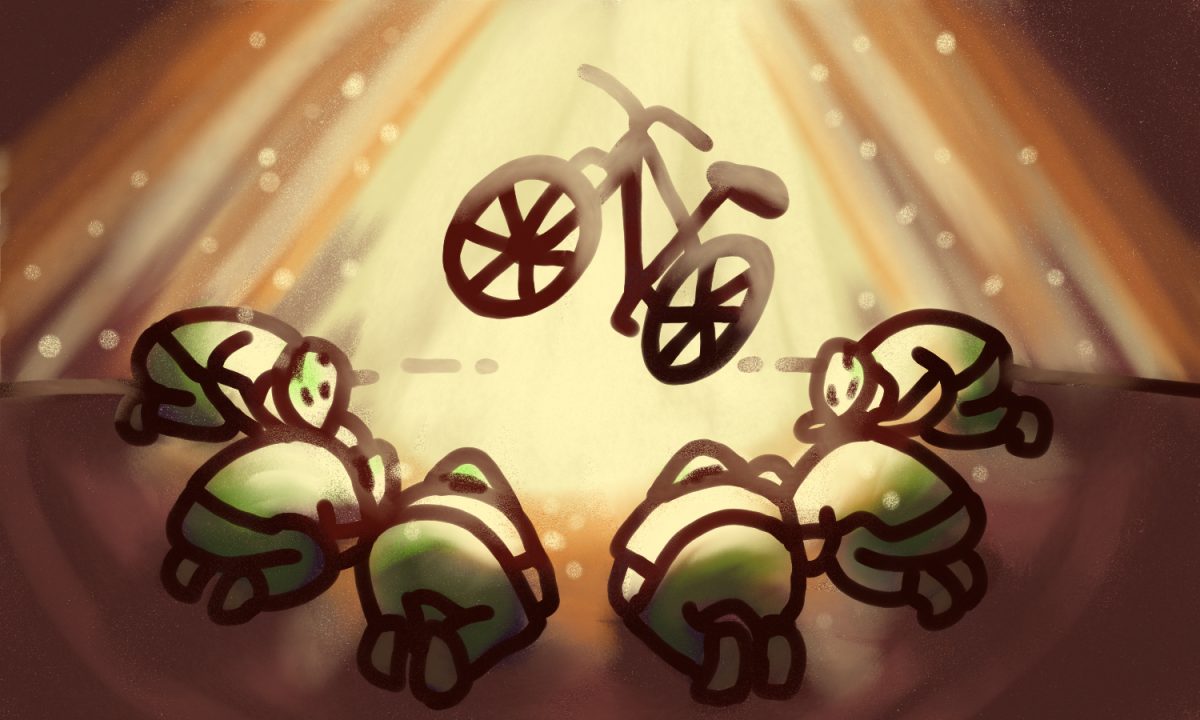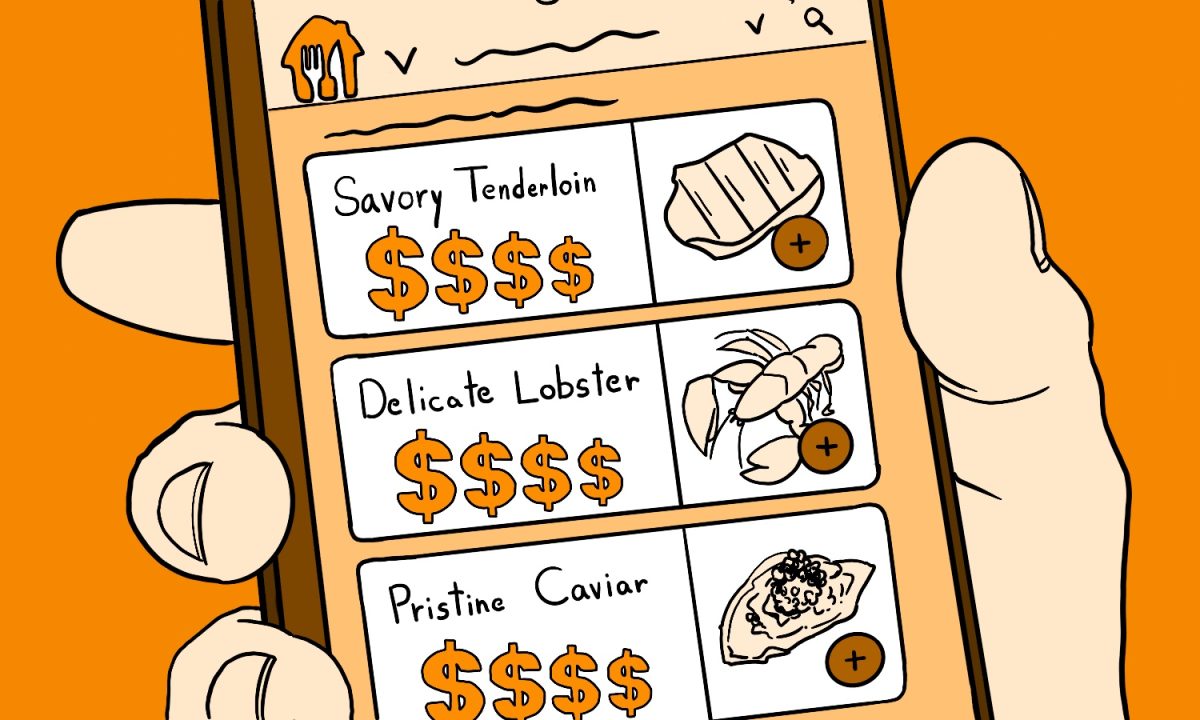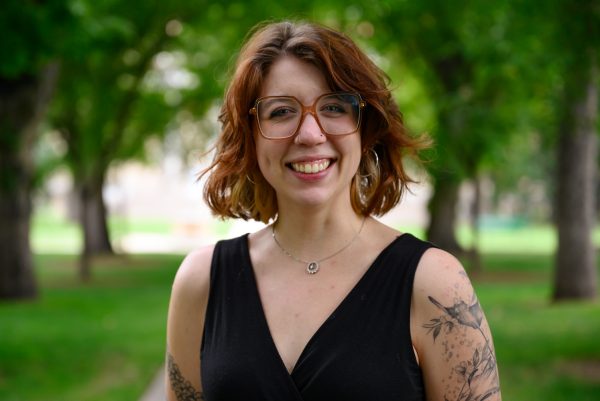Editor’s Note: All opinion section content reflects the views of the individual author only and does not represent a stance taken by The Collegian or its editorial board.
University tour guides and experienced upperclassmen typically give the same advice to prospective students: Don’t ditch your classes, be sure to go to office hours and attend as many first-year events as possible to make friends. I heard these three suggestions countless times leading up to my first year at Colorado State University. Like many others, I was eager for the chance to meet new people, so I kept this in mind and frequented the events I could.
I found that though these activities hosted in the first couple weeks of the semester do provide an opportunity to interact with other incoming first-year students, they aren’t necessarily the best way to discover and build lasting friendships.
There’s nothing inherently wrong with events geared at first-years at CSU. They consist of fairly standard welcome groups and orientation activities, with offerings like information sessions and more specified campus tours that are held a week before classes begin. There are also unique traditions, such as the Ram Welcome Carnival and a chance to stuff your own CAM the Ram plushie.
In theory, these activities should provide a prime chance to connect with peers, functioning as a sort of mixer for new students. With that being said, first-year events tend to take on an awkward atmosphere. At the time of these activities, almost every student participant is going through a transitional period — one wherein many haven’t found their footing yet. Paired with the dry icebreakers and discussion questions, the discourse that results isn’t the most engaging. Especially in a one-on-one setting, topics seem to follow a pre-programmed trajectory that starts with your name, switches to your major and ends with sharing where you’re from. Despite making for good small talk, it’s not a very good way to get to know another person.
“However, if you find that you didn’t discover the community you were hoping for afterward, you didn’t miss the boat. First-year events may be the first opportunity of the year, but they definitely aren’t the last.”
Friend groups are often formed based on proximity as well, whether that be a result of students sharing the same dorm or simply making connections with those they’re standing by. Despite the large number of attendees, this doesn’t guarantee meeting another person with similar interests or values. The sheer number of students present at these events makes it more difficult to find someone you click with compared to talking in more intimate settings. Accordingly, introducing topics different from the ones previous can prove to be uncomfortable and difficult to engage in. While it’s definitely possible to meet your best friend by showing up to one of these events, it’s equally possible that you won’t form a lasting relationship.
Additionally, first-year events don’t always live up to how they’re advertised. Oftentimes, demand outweighs what can be provided. Lines grow extremely long, sometimes queueing up for over an hour. Though food is free, it’s usually subpar and runs out quickly. While arriving early enough may prevent these drawbacks, the experience of welcome activities can be underwhelming and disappointing.
This isn’t to say it’s useless to go to the activities for incoming students. As previously mentioned, they may be just what some people are looking for. It’s worth it to take a chance and experience at least a couple, even if they aren’t events you would typically dabble in. However, if you find that you didn’t discover the community you were hoping for afterward, you didn’t miss the boat. First-year events may be the first opportunity of the year, but they definitely aren’t the last.
There are several other chances to make friends throughout the semester, many of which draw a more targeted, niche crowd. The easiest example is major-specific classes, which draw in students who are passionate about the same subject. Simply attending lectures provides an opportunity to find someone who can bond over the shared experience of assignments and studying. CSU also sports over 500 student clubs and organizations. By joining one, students can discover people they share a hobby with or connect with others by learning something entirely new.
First-year events are what many people talk about when it comes to making friends in college. While attending these activities can build a community, there’s no reason to give up if the connections you make there don’t pan out. There’s more to come throughout the rest of your time at CSU.
Reach Hayley Bisant at letters@collegian.com or on social media @CSUCollegian.


